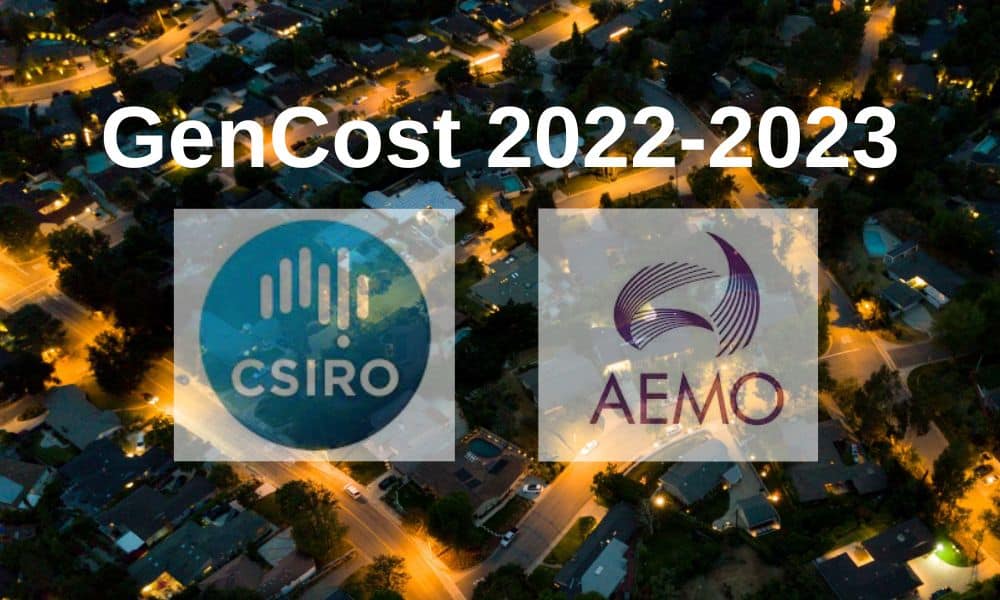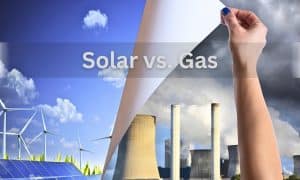Renewable energy sources remain the cheapest reliable energy system and most cost-effective option for meeting Australia’s electricity needs, according to the GenCost 2022-2023 report jointly published by the CSIRO (Commonwealth Scientific and Industrial Research Organisation) and the Australian Energy Market Operator (AEMO). The report, which plays a pivotal role in shaping energy policy decisions in the country, highlights the economic challenges various energy sources face due to supply chain pressures. While wind and solar power dominate as the cheapest newly built electricity sources, nuclear power is forecasted to be among the most expensive options. This revelation has implications for the ongoing debate surrounding the potential lifting of the ban on nuclear power in Australia.
Are you looking to save money on your electricity bills and reduce your carbon footprint? Solar energy is the perfect solution! Energy Matters can help you get up to 3 FREE quotes from pre-qualified and vetted solar firms in your area.
Energy Matters has been a leader in the renewable energy industry since 2005 and has helped over 40,000 Australian households in their journey to energy independence. With Energy Matters, you can be sure you’re getting the best possible deal on solar energy. We only work with reputable solar firms with a proven track record of delivering high-quality solar systems.
Cheap renewables are good news
The GenCost report by the CSIRO and AEMO has found that renewables remain the cheapest new source of electricity in Australia, even as all energy sources face rising costs.
What is the cheapest form of energy in Australia?
The GenCost report found that wind and solar power are the lowest-cost options for new electricity generation, costing less than A$100/MW in 2030. This is significantly cheaper than nuclear power, which is forecast to cost A$350/MW.
The report also found that the underlying costs of most energy technologies are expected to increase in the coming years due to supply chain pressures caused by the COVID-19 pandemic and the war in Ukraine. However, the report said renewables are still expected to be the cheapest option, even with these higher costs.
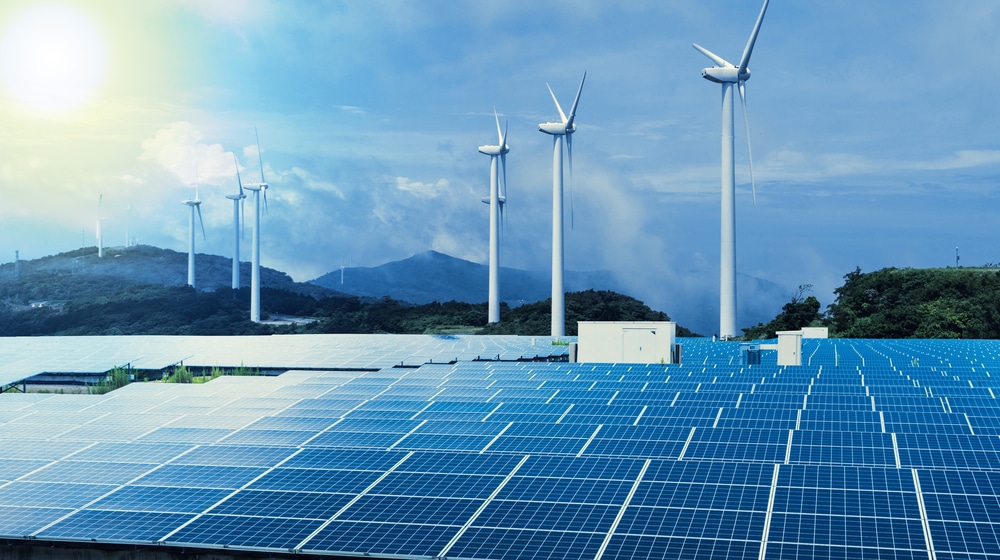
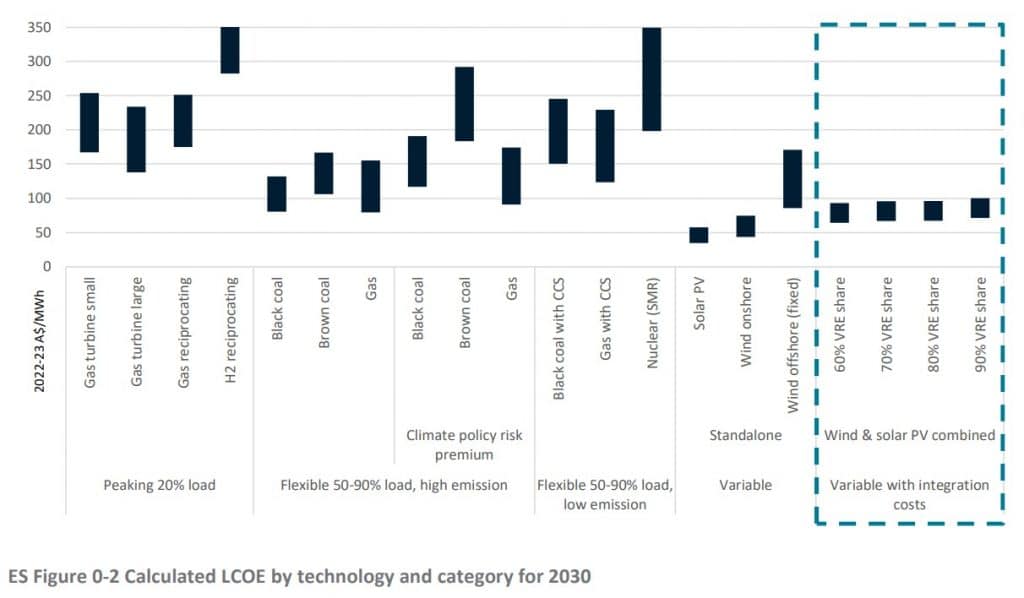
Nuclear power's costly proposition
The report’s findings are a blow to the Australian government, which has been considering a proposal to build nuclear power plants in the country. The government has argued that nuclear power is necessary to meet Australia’s emissions targets, but the GenCost report suggests that renewables are a more affordable and feasible option.
The report’s authors said that Australia has a number of factors that make nuclear power less likely to be a viable option. These include the country’s high renewable energy potential, the long lead times and high costs of nuclear projects, and the risks associated with nuclear waste disposal.
The report concludes that “renewables are the lowest-cost option for new electricity generation in Australia and are likely to remain so for the foreseeable future.”
The report’s findings will likely be welcomed by environmental groups, who have long argued that renewables are the best way to meet Australia’s climate goals. However, the report is also likely to be met with resistance from some quarters, including the nuclear industry and some sections of the government.
The debate over the future of Australia’s energy mix is likely to continue for some time, but the GenCost report provides a clear indication that renewables are the cheapest and most feasible option for the country. Read more about What is Nuclear Energy? A Comprehensive Guide.
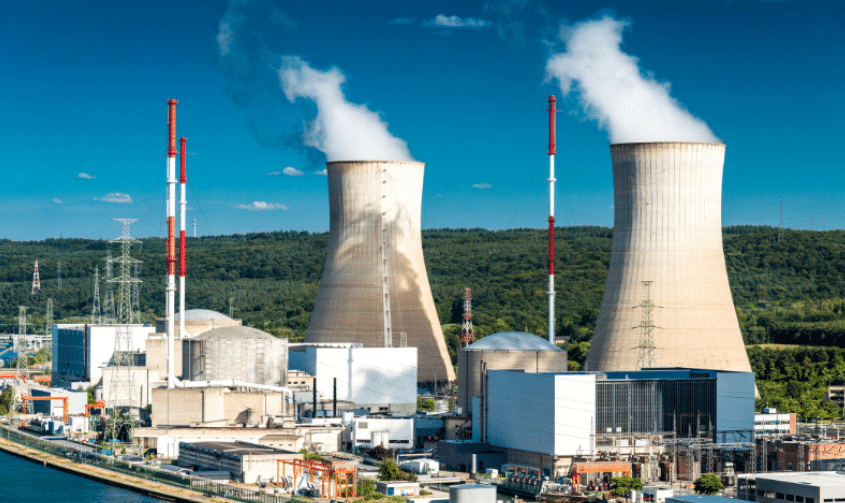
GenCost additional analysis revealed
- Technology cost increases were inconsistent because of variances in material inputs and vulnerability to freight prices.
- Batteries are expected to support the rapid increase of electric vehicles for transportation and variable renewable energy generation in the electricity sector.
Source&Image: CSIRO GenCost 2022-2023
Attention, automobile enthusiasts! Are you prepared to embark on an electrifying journey with your next car? Brace yourself for a groundbreaking opportunity that will revolutionise your driving experience. Take advantage of this exclusive chance to book a test drive in one of the latest and most cutting-edge electric vehicles (EVs) available right in your very own neighbourhood!
So, what are you waiting for? Seize this moment to revolutionise your driving experience. Be a trendsetter, an innovator, and a protector of our planet. Book your test drive today and prepare to join the growing community of electric vehicle enthusiasts. The road to a sustainable and electrifying future awaits – don’t miss your chance to be part of it!
Solar and wind: Impact on Australia's sustainable energy future
Adopting solar and wind energy as primary electricity sources can profoundly impact Australia’s sustainable energy future. By relying on these clean energy sources, Australia can:
Meet climate targets: Achieve ambitious climate targets by significantly reducing carbon emissions in the electricity sector, a crucial step toward mitigating climate change.
Enhance energy security: Increase energy security by diversifying the energy mix and reducing dependence on fossil fuel imports.
Create jobs: Stimulate job creation in the renewable energy sector, revitalising local economies and providing employment opportunities for various skill sets.
Reduce energy costs: Provide consumers with stable and affordable energy prices, reducing the financial burden on households and businesses.
Promote innovation: Drive innovation in clean energy technologies, positioning Australia as a leader in the global transition to renewable energy.
Debate about how to best measure the cost of renewables
There is still some debate about how to measure renewables’ cost best. One common metric is the Levelized Cost of Energy (LCOE), which considers the upfront cost of building a renewable energy project and the ongoing operation and maintenance costs.
The LCOE for renewables is often lower than the LCOE for fossil fuels. However, some critics argue that the LCOE does not consider the full costs of renewables, such as the cost of building new transmission lines to connect renewable energy projects to the grid.
Other critics argue that the LCOE does not consider the environmental costs of fossil fuels, such as air pollution and climate change.
Which is the best way to measure the cost of renewables? The answer is that it depends on what you are trying to measure.
If you compare the upfront costs of different energy sources, then the LCOE is a useful metric. However, if you are trying to measure the full energy cost, including the environmental costs, more than the LCOE is needed.
In this case, it is important to consider a wider range of factors, such as the cost of transmission, the environmental costs, and the social costs of different energy sources.
Continued dominance of renewable energy
The GenCost report’s latest findings emphasise the continued dominance of renewable energy sources as the most affordable and feasible option for Australia’s energy future. As supply chain pressures increase costs across the board, the economic advantages of wind and solar power remain clear. While the debate over nuclear power persists, the report suggests that, at least in the Australian context, renewables are the more practical and cost-effective choice for clean energy generation.
Still can’t afford to switch to solar power?
Are you considering getting solar panels but are currently short on funds? You can still invest wisely, and Energy Matters can help you.
Powow and Energy Matters have teamed up to provide consumers with an alternative to switching to solar power and battery storage.
The biggest obstacle to installing solar and battery storage is typically finance. With Powow’s PPA and VPP, our customers will have a $0 upfront option and financial stability in the uncertain energy market.
Get up to 3 obligation-free quotes by getting in touch with us right away. Find out what payment plan options suit your needs and budget!
Check out our page for Powow: Power Purchase Agreement (PPA) and Virtual Power Plant (VPP).









